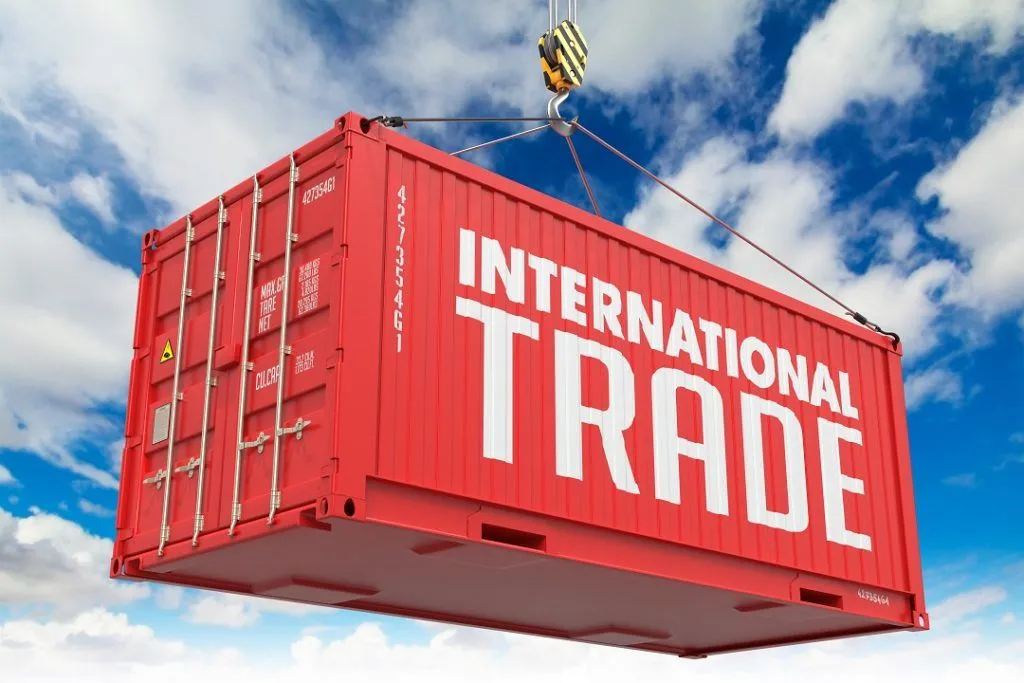Impact of 2025 Steel and Aluminum Tariffs on Consumer Products and Customs Duties

The Trump Administration is implementing new steel and aluminum tariffs in 2025, set to take effect this month, which are poised to shake up industries, supply chains, and pricing for everyday consumer goods. With a 25% tariff on all steel and aluminum imports, including previously exempt countries, the effects will ripple through sectors ranging from automotive and home appliances to packaging and electronics.
Impact on Consumer Products
The new tariffs will raise costs for companies that rely on imported steel and aluminum, leading to higher prices for consumers across several industries. This tariff extends beyond raw metals to derivative products. For example, home goods and furniture, such as metal chairs, tables, and bed frames, will be subjected to these tariffs. Other metal items like door and window frames, hinges, and household fixtures will also fall under this new category of tariffs.
Automotive and tech industries are highly dependent on steel and aluminum. Car frames, engines, and accessories are often imported and made of these metals. In terms of electronics, laptops, smartphones, and home appliances rely on aluminum for casings, wiring, and components. Manufacturers may absorb some costs, but ultimately, consumers will see price hikes on these common items.
Supply Chain Implications
With all countries now affected, businesses that previously imported under tariff-exempt regions, like Canada, Mexico, and the EU, now face higher costs and supply chain changes. Some countries will search for alternative suppliers in non-tariffed countries. Others may slow down production or delay product launches due to the increased costs. This could mean longer wait times for certain products and potential stock shortages in high-demand sectors.
Customs Duties and Import Costs
The tariffs won’t just affect product prices—they’ll also increase customs duties, putting additional pressure on businesses importing steel and aluminum. These businesses must pay the 25% tariff upfront when goods enter the U.S. This will significantly increase operating costs for small and mid-size importers. Consequently, many companies may raise consumer prices to offset customs expenses.
Customs processes will become more complex, leading to additional paperwork and documentation for importers. It may also mean longer processing times at customs checkpoints. For example, the 2018 tariffs implemented by the first Trump Administration resulted in over 100,000 exemption requests, so businesses should expect a similar bureaucratic burden this time around—if not even worse in a post-Covid world.
Countries like the EU-bloc, Canada, and China have hinted at counter tariffs on U.S. goods in response.
De Minimis Rule and Tariff Exemptions
The de minimis rule plays a key role in how importers and businesses navigate the 2025 steel and aluminum tariffs, particularly for consumer products. The U.S. de minimis threshold allows shipments valued at $800 USD or less to enter duty-free, meaning they are exempt from tariffs and customs duties. This rule applies to products imported directly to consumers via e-commerce, such as purchases from international retailers or marketplaces. Since the steel and aluminum tariffs apply to customs, businesses might try to split large shipments into smaller ones to avoid duties.
The bottom line for consumers is that small purchases from overseas retailers may still avoid tariffs under de minimis, but this could change. The de minimis rule is currently under evaluation by the current Administration, as the U.S. has one of the highest low-value threshold rates in the world. For businesses that rely on bulk imports, they face higher customs costs.
Navigating Tariffs with Trade Duty Refund
Companies can work with customs brokers like Trade Duty Refund to navigate and mitigate the impact of the 2025 steel and aluminum tariffs through strategic tariff classification, duty drawback programs, and compliance optimization.
- We can help classify products under different Harmonized Tariff Schedule (HTS) codes to qualify for lower or no tariffs. For example, a steel product might be subject to 25% tariffs, but imported under “finished parts” or “assembled products” might qualify it to classify under a different category.
- The U.S. Duty Drawback program allows companies to recover up to 99% of duties paid on imported goods if they are later exported or used in manufacturing exports. Trade Duty Refund helps companies file and manage duty drawback claims to get the maximum refund possible while remaining compliant.
- With increased tariffs comes stricter enforcement, meaning customs audits, compliance checks, and penalties for incorrect documentation or misclassification. Trade Duty Refund helps companies classify products and complete accurate customs declarations.
Schedule a free discovery call with us today to learn more about how we can help your company navigate new tariff regulations.
If you are part of the 99% of businesses that could benefit from duty drawback, consider contacting Trade Duty Refund for a free discovery call. Learn more about how duty drawback can enhance your cross-border trade operations and improve your bottom line.
